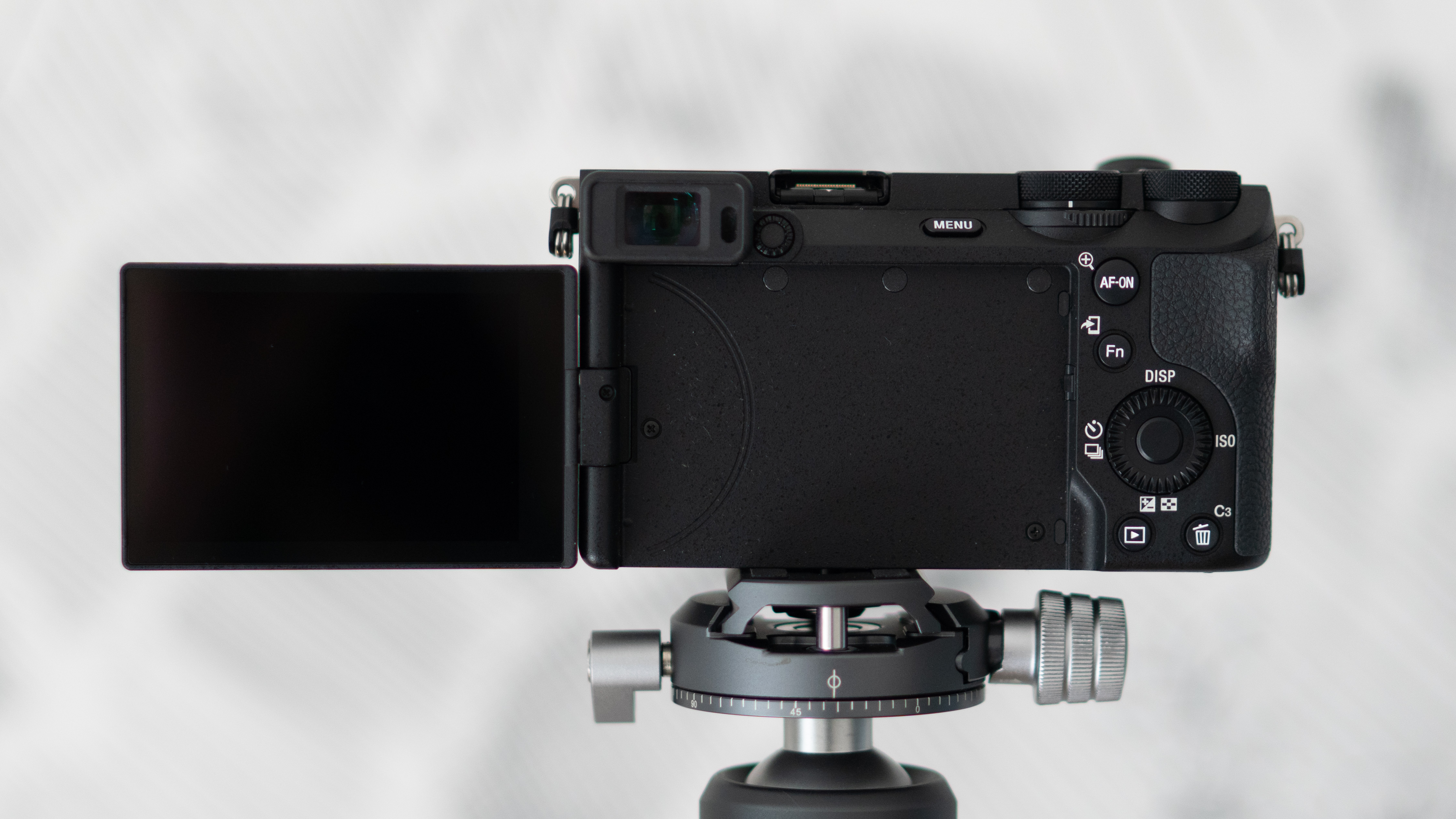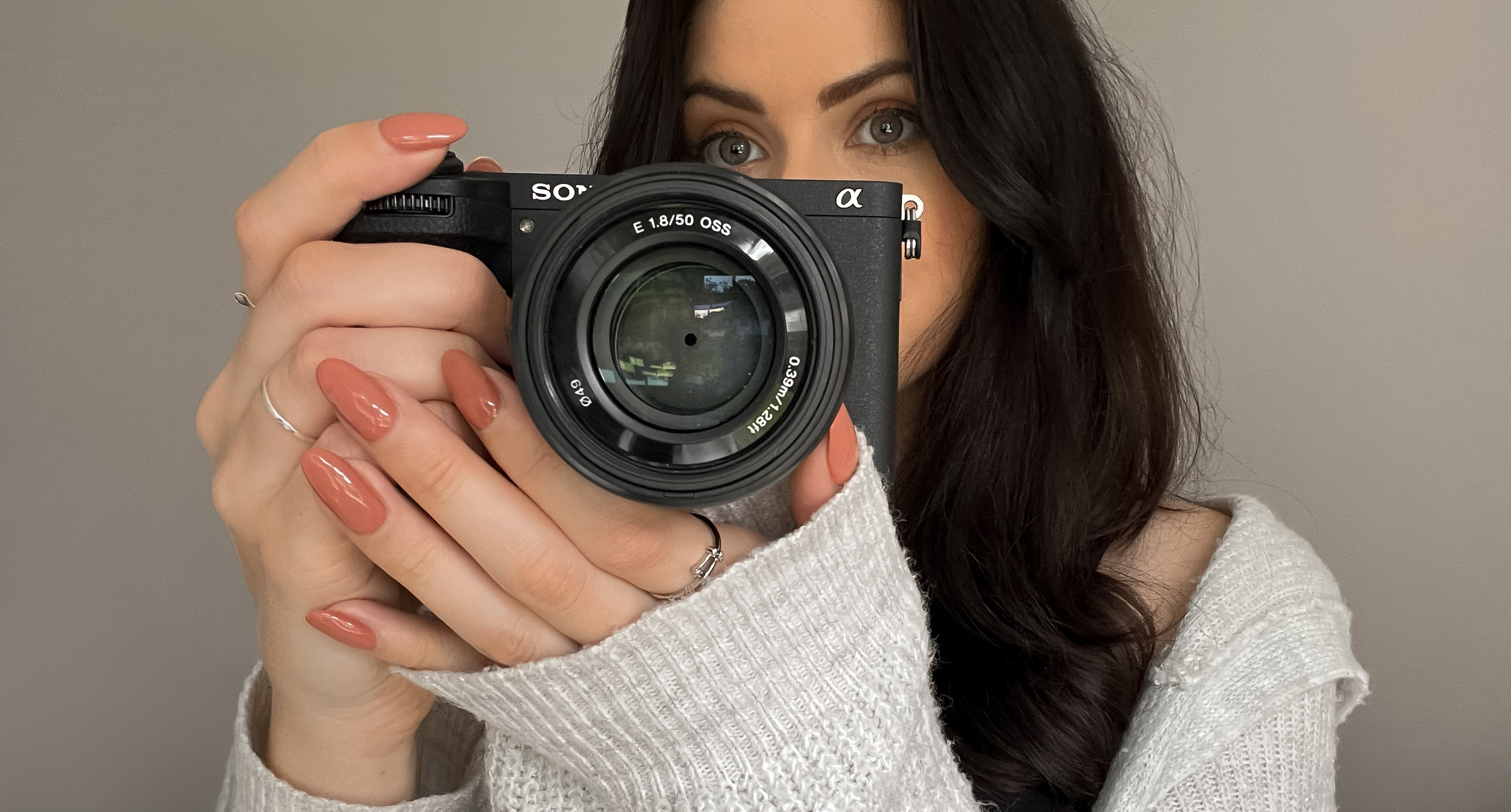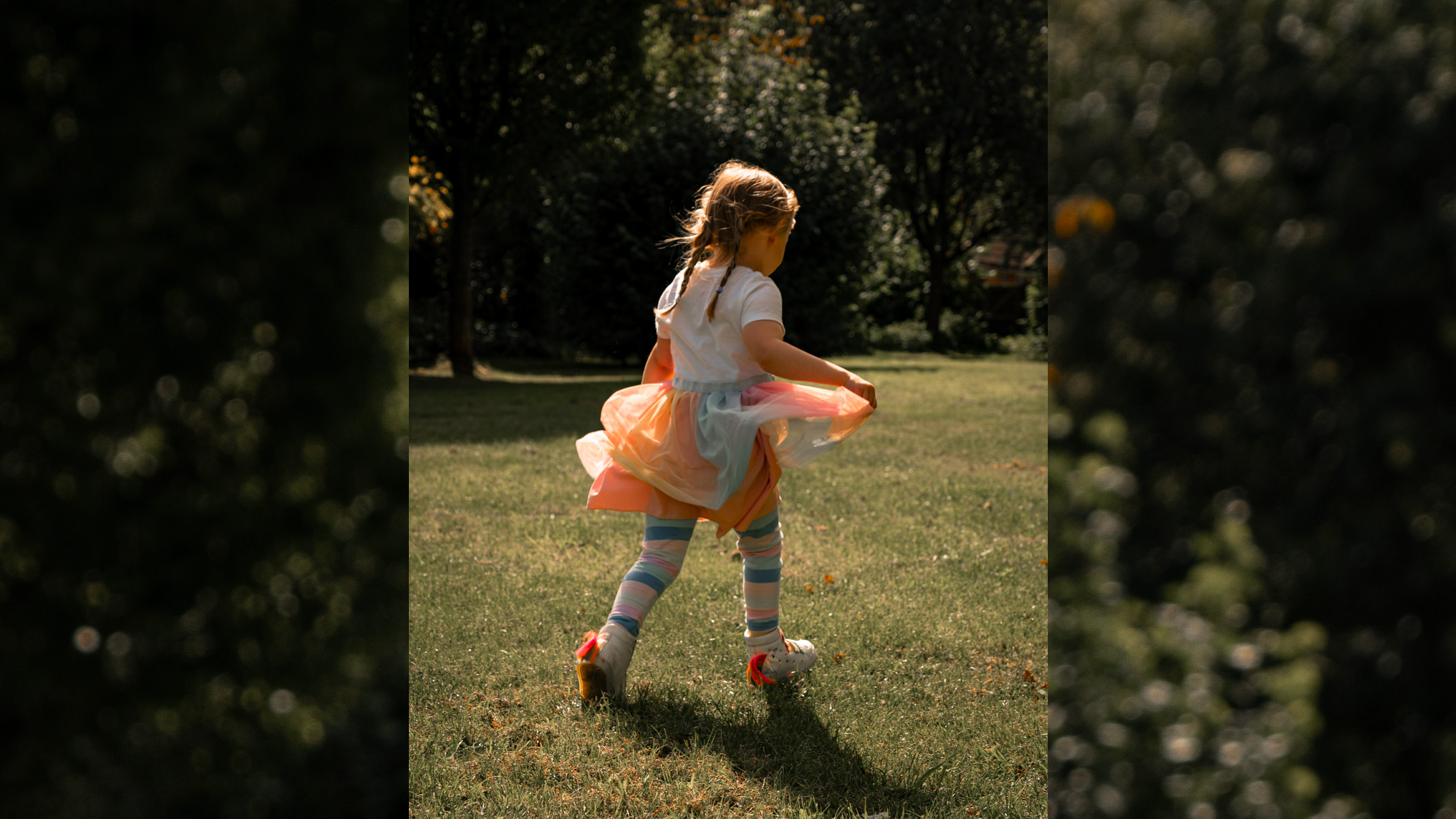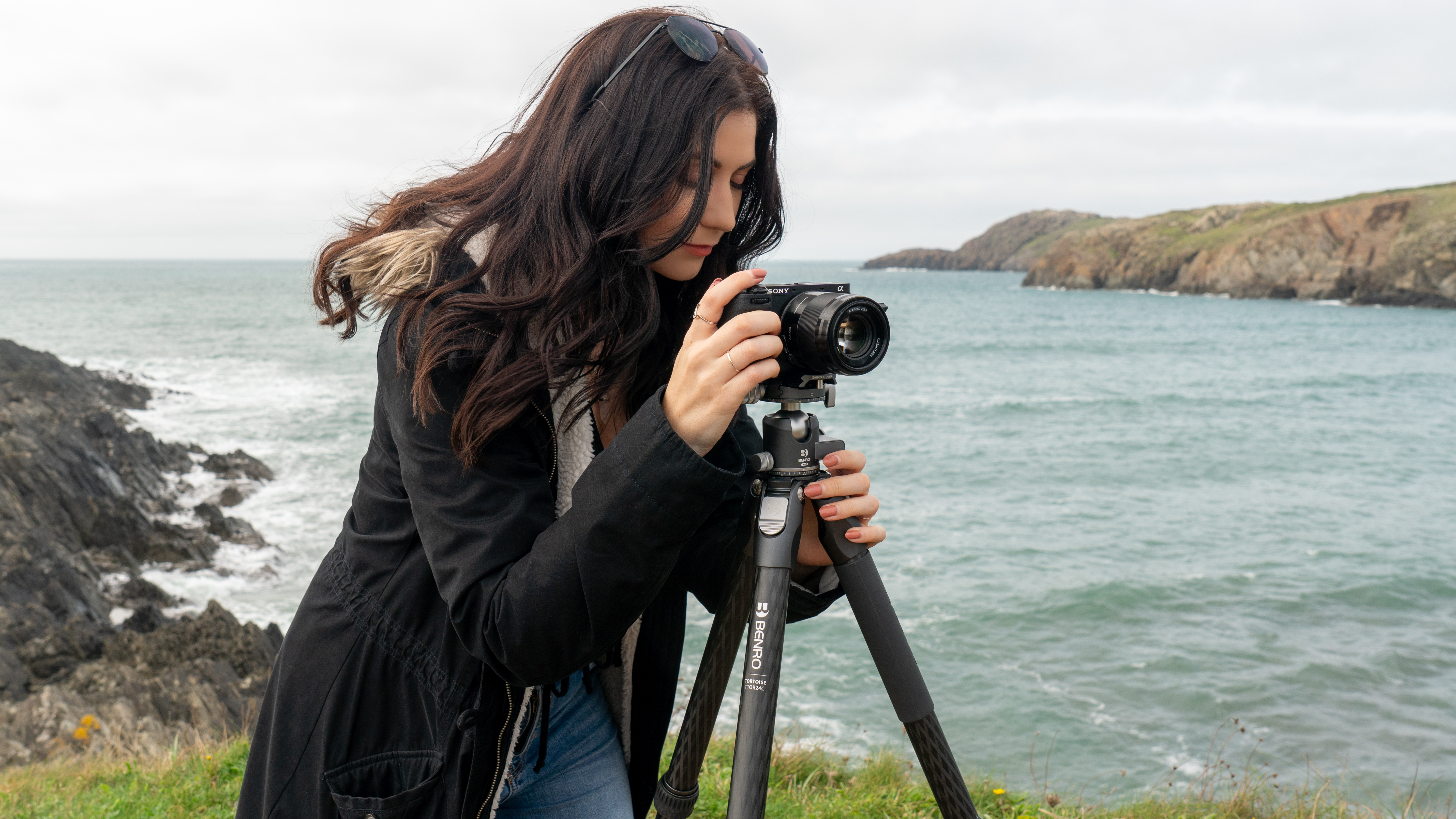Space Verdict
Packed with advanced features and cutting-edge technology, the Sony A6700 is sure to impress both amateur and professional photographers alike. It's the closest thing to a full-frame camera in a crop sensor body.
Pros
- +
Impressive AI-based autofocus system
- +
Has image stabilization in stills and video
- +
Fully articulating screen
- +
Sony has fixed some design issues
- +
4K 120p video recording
- +
Lightweight and compact
Cons
- -
Only one card slot
- -
Autofocus has improved, but is flawed
- -
Battery life reduced significantly
- -
11FPS not enough for sports or fast-action
Why you can trust Space.com
The Sony A6700 camera is the newest addition to Sony's lineup of mirrorless cameras, sitting between the A6600 and A7 IV in terms of price and performance. It was released in July 2023 and boasts a number of new and standout features. For starters, it has an impressive 26-megapixel APS-C sensor, as well as in-body image stabilization, which is a rarity in cameras of this size.
System: Mirrorless
Sensor: 26 MP APS-C
ISO range: 100-32000 (expandable 50-102400)
Burst shooting: 11FPS
AF: 759 phase detection
Video: 4K 120p
Storage: Slot for SD (UHS-I/II compliant) memory card
Screen: 3-inch LCD, 1,036,800 dots
Dimensions: approx 4.8 x 2.7 x 3-inch / 122 x 69 x 75.1 mm
Weight: 1.1 lb / 493g with battery
The A6700 is also equipped with a real-time tracking autofocus system, making it ideal for capturing moving subjects. Other new features include 4K video recording capabilities, a fully-articulating touchscreen display and a weather-sealed body. It's best suited for amateur and professional photographers looking for a powerful and versatile mirrorless camera, but perhaps don't want to make the jump to full-frame. Its compact size and impressive specs make it an ideal choice for those who prioritize portability without sacrificing performance.
Paired with some of the best lenses for astrophotography and best tripods, you can get some stunning images of the night sky with the best mirrorless cameras on the market.
Sony A6700: Design
- First Sony APS-C model to feature a fully articulating LCD screen
- They've introduced a new front dial
- Still only one card slot
At first glance, the Sony A6700 exudes a sleek, compact design that appeals to both novice and experienced photographers alike. The camera body is small and lightweight, making it highly portable and easy to carry around — though that's not a huge shock for an APS-C camera. It's a similar size and weight to its predecessor, the Sony A6600 which we reviewed previously, being only 10g lighter and just a few millimeters different in size. It's comfortable to hold and fits really nicely in the hand, too — not too big, not too small — it's just right.
But the design of the A6700 goes beyond just aesthetics. Sony has put a lot of thought into the ergonomics of this camera, making sure that it not only looks good but also feels good to use — we thought it looks and feels like a mini full-frame camera.
One of the standout features we liked about the A6700's design is its fully articulating touchscreen. We raved about the versatility of the screen in our review of the full-frame Sony A7R V (we probably even got a bit too excited about it), and although the LCD screen on the A6700 isn't quite as functional or fun, we think it's the best one yet among Sony's APS-C range considering all the previous models were tilt-only, and it also has a much greater range of touch options without having to go into the menus.
This opens up the A6700 to vloggers and social media content creators who need to be able to see themselves while recording. One of our complaints about the previous model was that although the screen could flip up, it rendered it completely useless if you have anything attached to the hot shoe, so we were pleased to see they've rectified this issue by having it flip out to the side, and it doesn't get in the way of any of the ports. The screen is also slightly more detailed than its predecessor and has 1,036,800 dots, but it's still not quite as detailed as the full-frame range.
Breaking space news, the latest updates on rocket launches, skywatching events and more!
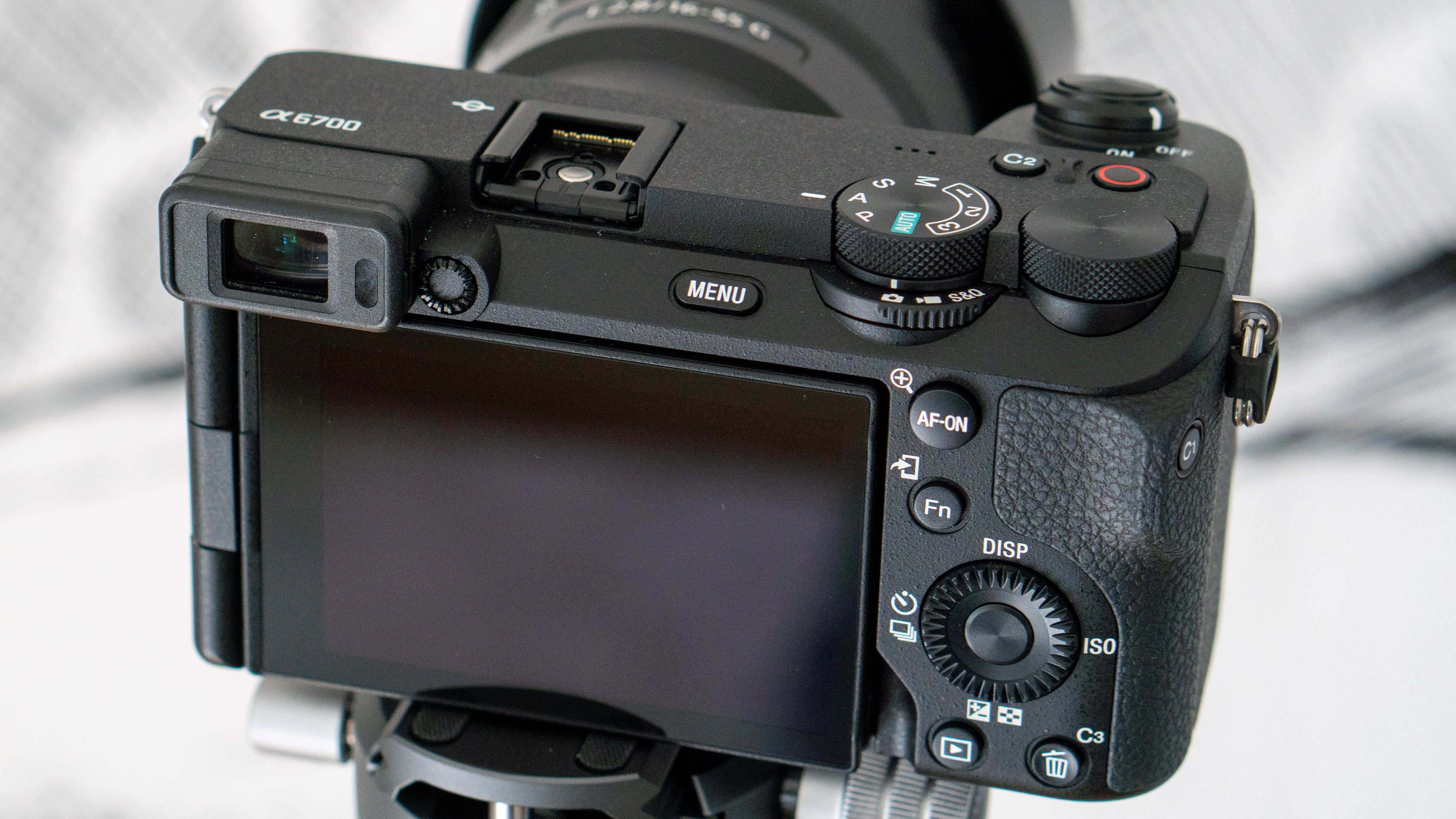
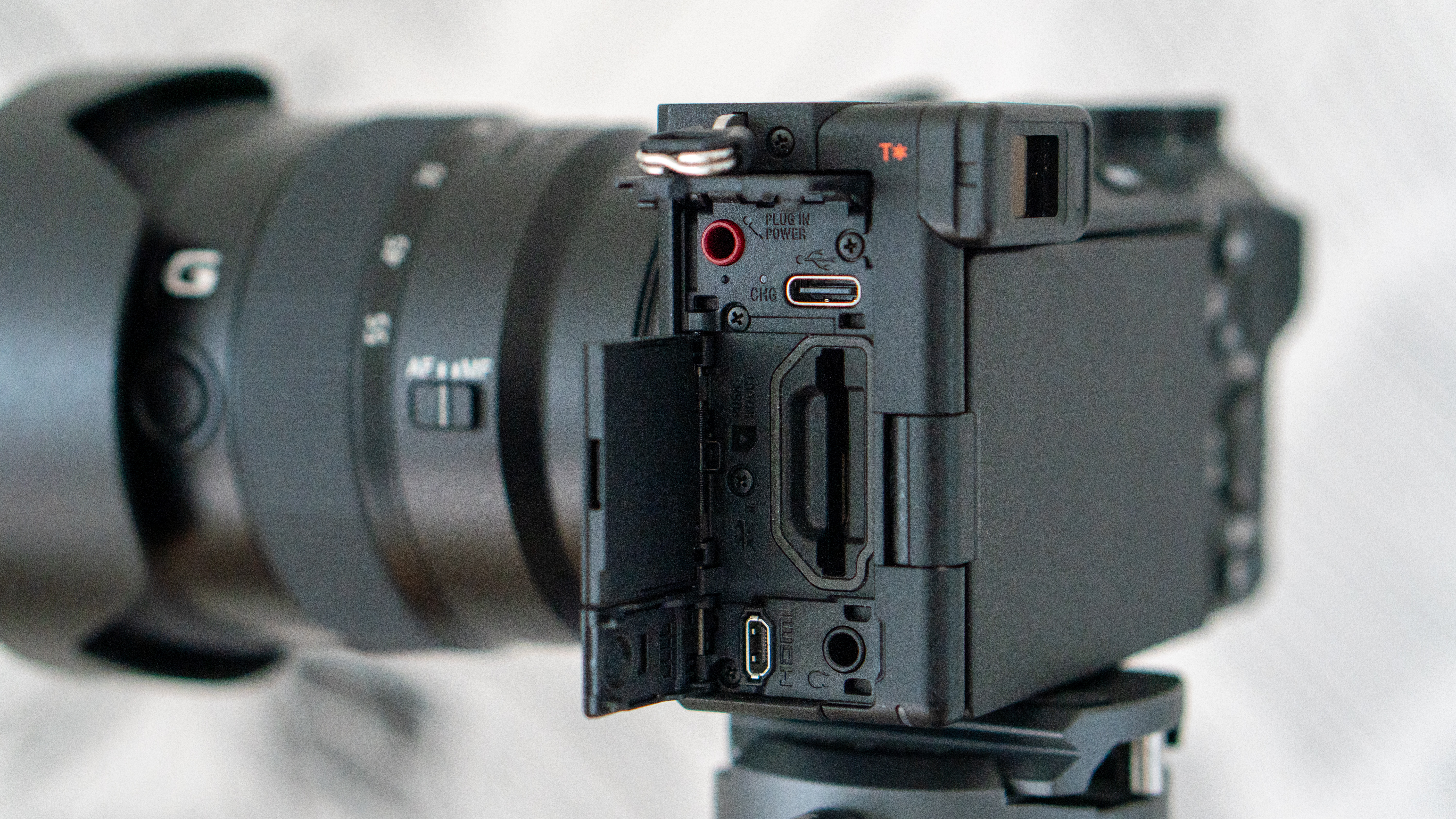
Another design change worth mentioning is the addition of a front dial, meaning you can now change all three exposure settings on the body itself rather than having to go into the menus (which have also been cleaned up and improved, by the way). The on/off toggle has also been rotated clockwise slightly, which we thought seemed like an odd choice as it means you need to move your finger in an awkward, unnatural way to turn it on and off. At first, we really didn't like it and thought it felt completely alien, but we did get used to it the more we used it.
When it comes to the buttons and controls, there are a few changes. The record button is now on the top of the body (where C1 used to be), instead of being built into the corner of the body which was, frankly, very annoying. However, poor little C1 has now been exiled to the side of the camera, away from all the other buttons.
In practice, though, this is actually a really convenient place to have a custom button because you can easily press it with your thumb while your eye is up to the EVF. There's also now a separate photo/video/s&q sub-dial, rather than everything being on the main mode dial. The AF/MF and AEL toggle has now been replaced by an AF-ON button, and they've done away with C4.
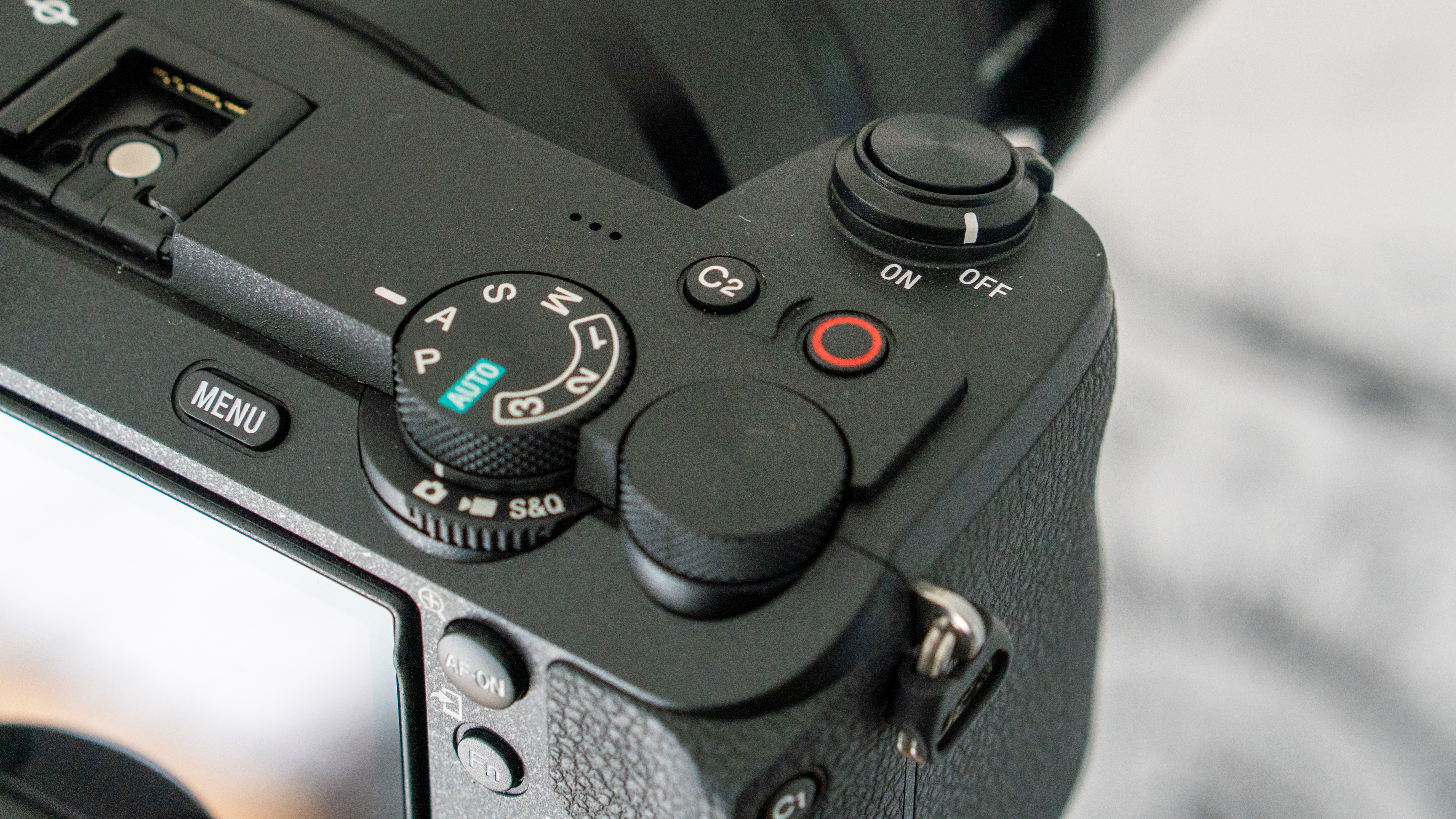
The card slot has moved from the bottom of the camera (in with the battery) to the side, along with a separate compartment for the microphone jack and charging port, and another compartment for the HDMI port and headphone jack. Sadly there's still only one card slot, and there's also no option for a faster CFexpress card.
Overall, we think it's a much better design than the A6600.
Sony A6700: Performance
- AI-based autofocus recognizes and tracks subjects better than ever before
- Struggled to shoot sports and fast action due to 11FPS speed
- Brilliant low light performance


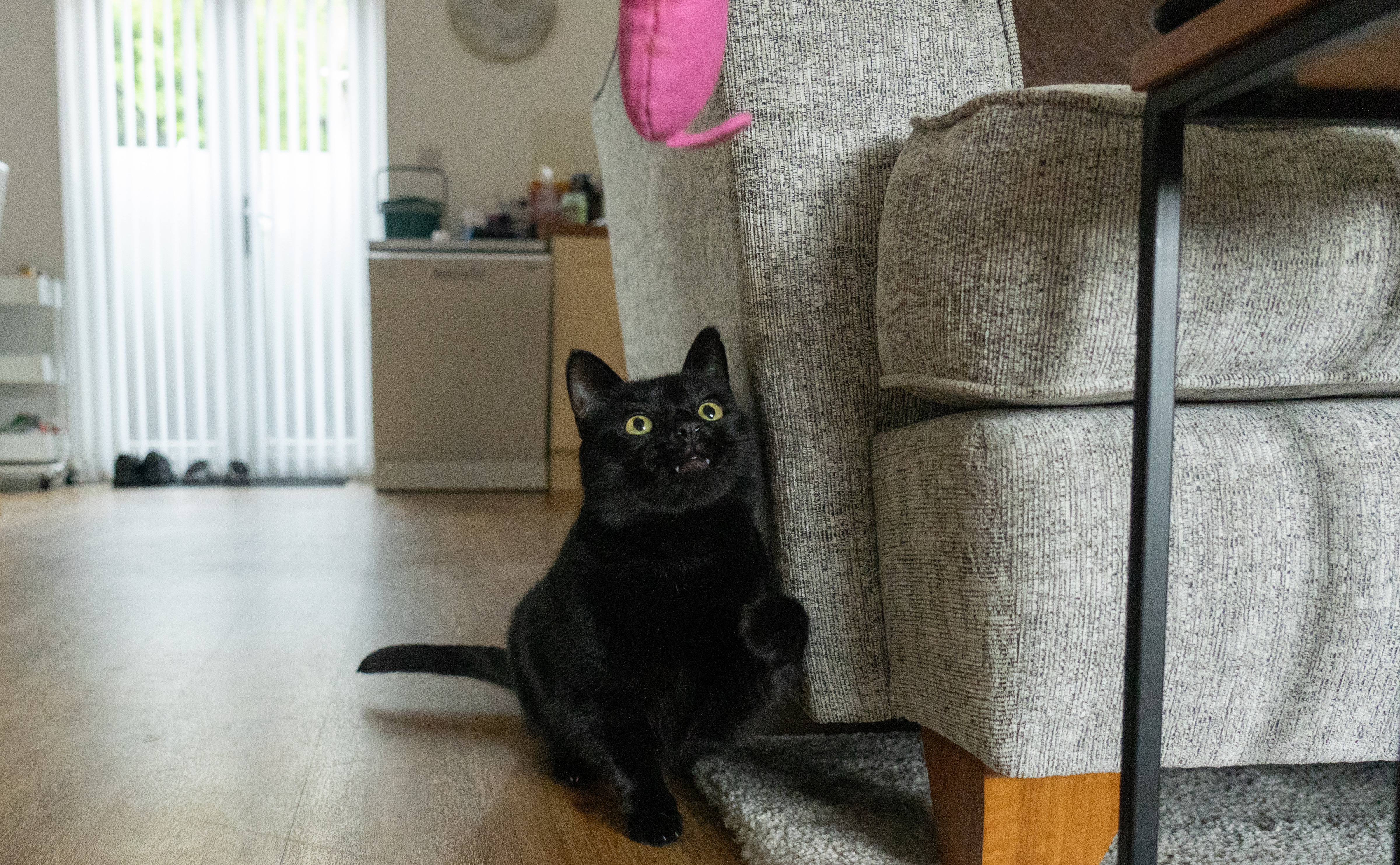

Now let's talk about the biggest upgrade, and the feature that makes this camera incredibly attractive — that being the introduction of Artificial Intelligence (AI) into the autofocus system (like we saw with the Sony A7R V). There are now seven autofocus areas available (human, animal/bird, animal, bird, insect, car/train and airplane), plus an overwhelming amount of customization for each. Though, to be greedy, we'd love to see bikes and other vehicles like boats added.
We tested it on a pair of black cats indoors on a dull day, and not only did it follow their eyes flawlessly, but it seemed to keep track of their eyes even when they turned their head away. It then picked up where it left off when they turned back to face the camera. It also switched to face-tracking when it couldn't find their eyes, which we haven't seen on previous models. It did struggle when the cats were backlit, though. When you're using the camera, it's obvious to see the improvements that AI has brought to the autofocus.
That said, we also tested it out at a triathlon and although it was good when it found the person we wanted to track, it got a little confused at times as there were so many different faces in the frame, and sometimes it would just end up focusing on the background instead — particularly during the bike section, as there's no subject recognition option for bikes. So while it's a big improvement over the autofocus on previous models overall, there does seem to be a few teething issues that could do with sorting out. Although, it's not a camera designed for shooting fast action or sports anyway due to its 11FPS speed, so that's worth keeping in mind.
The Sony A6700 is capable of focusing down to -3EV, as opposed to -2EV of its predecessor. When we shot in indoor light, with a moving subject, we couldn't slow the shutter speed down so the ISO had to do all the leg work. Noise was OK at ISO 2500, but more noticeable at ISO 5000 and beyond. However, when we were able to slow the shutter speed down and rely more on image stabilization to shoot static subjects, as well as astro, it performed very well.
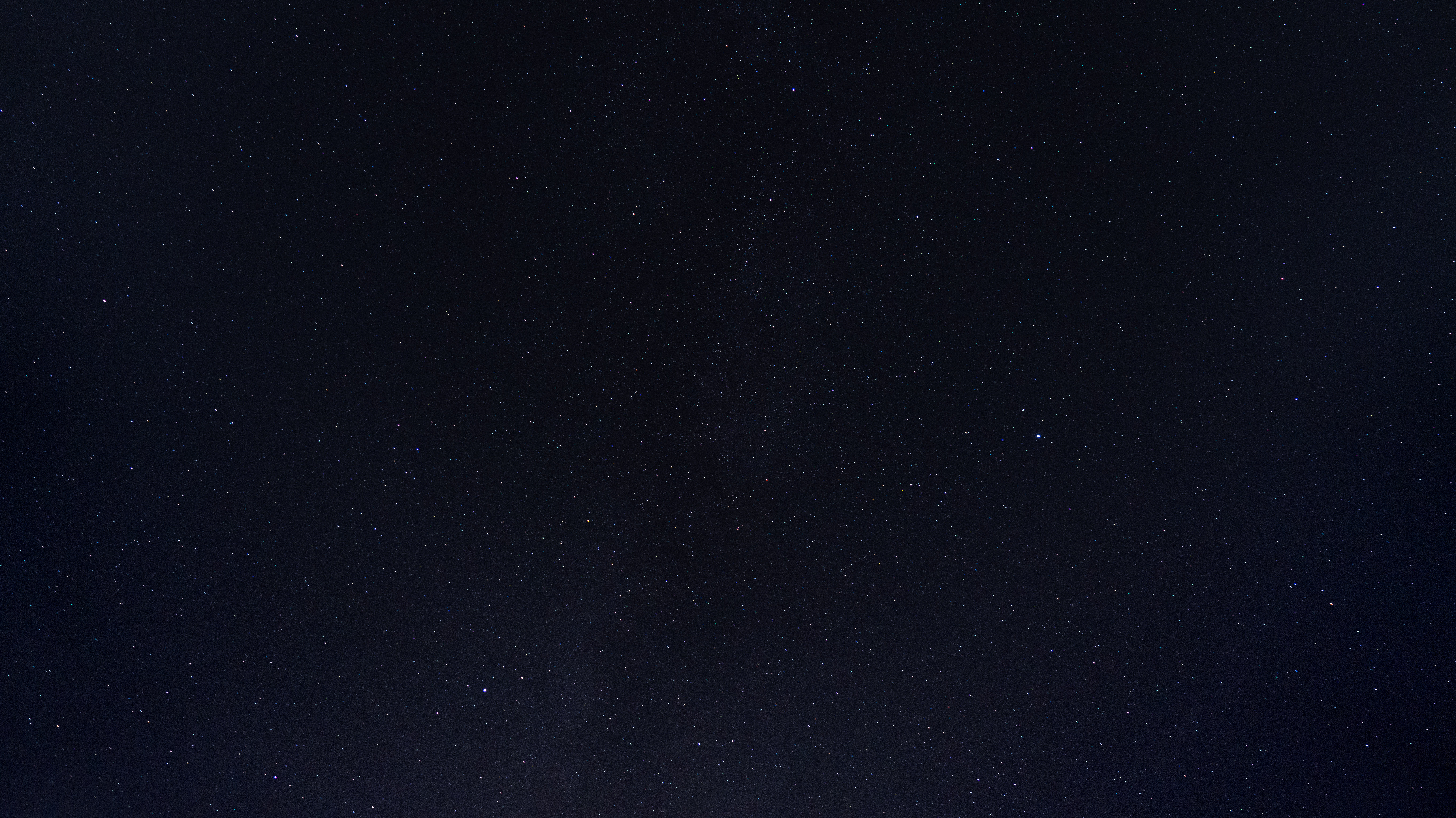

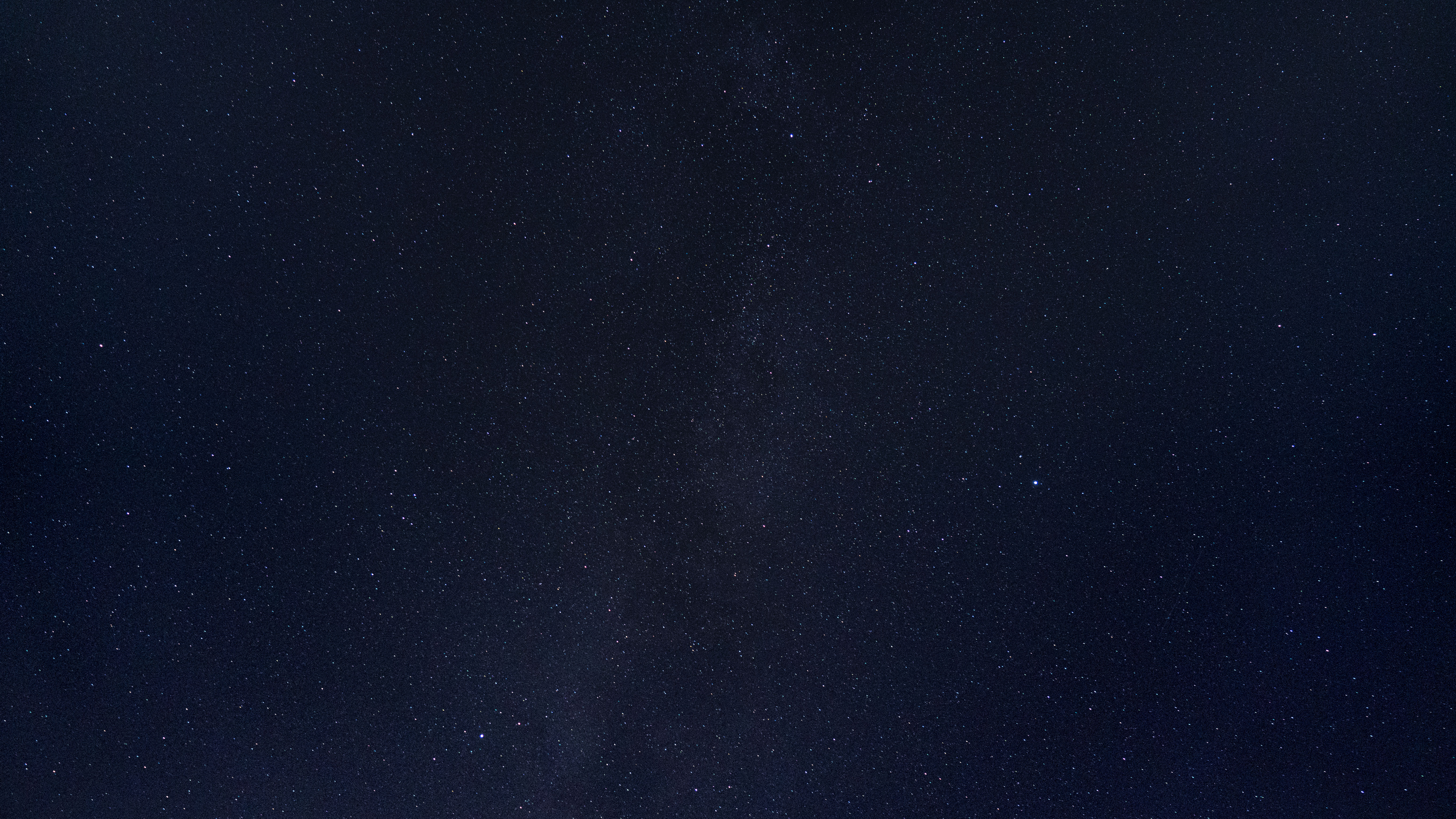


For astro, we were impressed by its performance overall. We used it with the Sony E 16-55mm f/2.8 G lens wide open at 16mm, and the image noise only really started to look ugly after around ISO 6400, and if you only shoot the occasional astro image, you can clean the noise up in one of the best editing apps for astrophotography — we used the AI denoise in Lightroom.
(Click the expand button on the bottom right corner of the images to see larger versions).
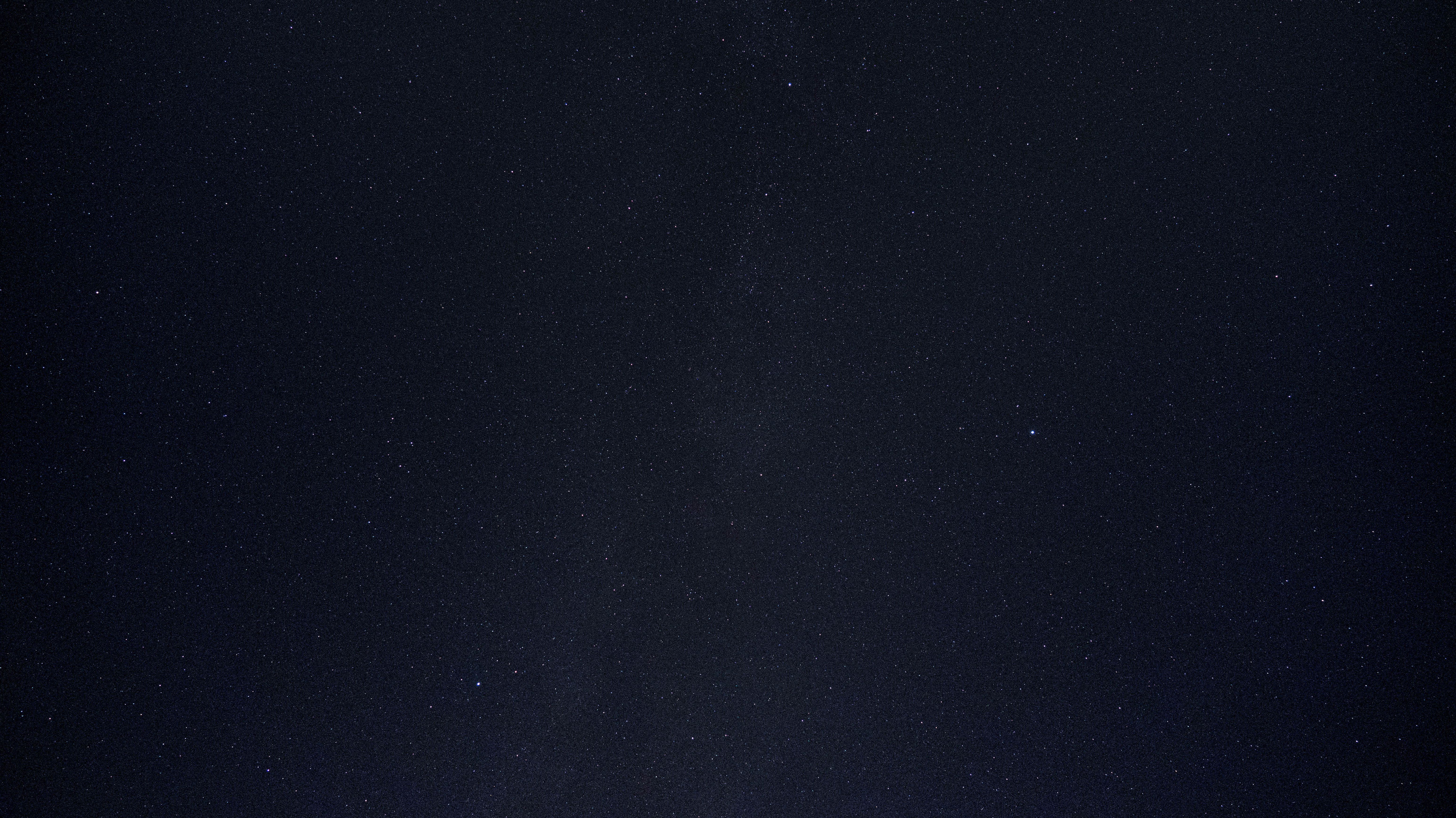

Sony A6700: Functionality
- Sony has introduced their AI-based autofocus system into this camera
- Battery life is significantly reduced
- Image stabilization now works when recording video
As we mentioned, the A6700's autofocus has been significantly improved. It now has almost double the number of phase-detection points, with 759 compared to 425 on the previous model. These points also cover a larger part of the sensor — about 93% compared to the A6600's 84%.
As expected, the A6700 features the same 5-axis image stabilization that the A6600 did, but with one improvement — it now works with video. The A6700 includes Active SteadyShot, an electronic stabilization feature designed to improve the quality of footage when the camera is moving.
Not only that, but the A6700 shares the same sensor as the video-focused FX30 and brings notable improvements to video recording. It can record 4K video at up to 60p with a small 1.04x sensor crop. There's also an option for 4K recording at 120p, but it comes with a larger 1.58x sensor crop, which changes the field of view noticeably. These specs are a significant step up from the A6600, which offers 4K recording at 24/25 fps without any crop and 4K recording at 30p with a 1.2x sensor crop.
Other small tweaks and improvements worth mentioning in the A6700 would be the faster shutter speed of 1/8000s with the electronic shutter, while the A6600 has a limit of 1/4000s. You can also now do focus bracketing and record timelapses, which would be great for astrophotography.
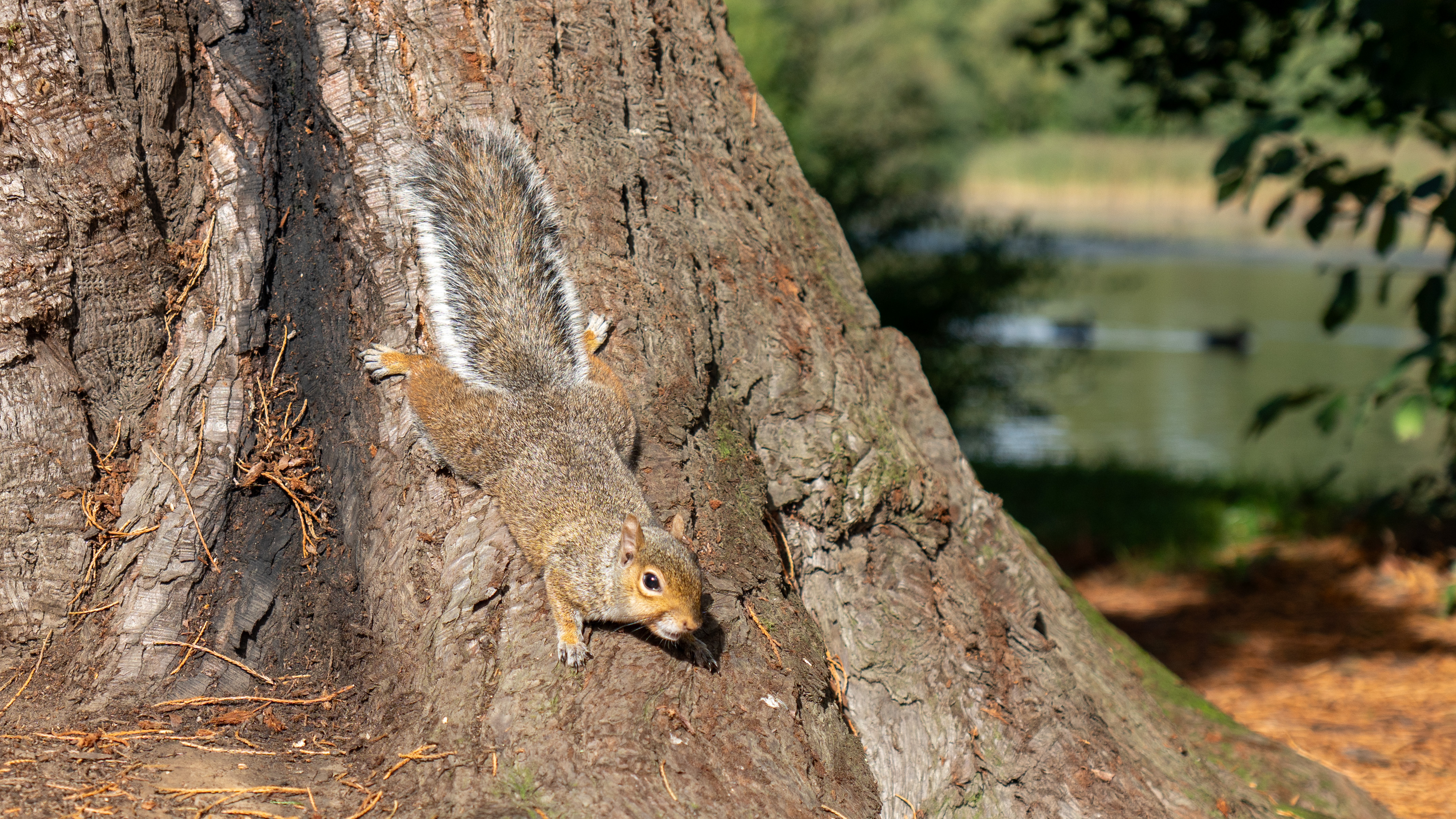

But what Sony has given with the fantastic AI-based autofocus system, they take away in the form of battery life. The A6600 allowed for approximately 720 shots when using the EVF or 810 shots when using the LCD screen, however, the A6700 is significantly less — approximately 550 shots with the viewfinder or 570 shots with the LCD screen. It's decent enough for an enthusiast camera, but we think it could potentially fall short if you use it for a lot of professional work and don't want to keep a lot of spare batteries on you.
Should you buy the Sony A6700?
✅ You're at enthusiast level: While it's likely too expensive for absolute beginners, enthusiasts who want the best specs in the APS-C range would do well with this camera.
✅ You're a vlogger: The video specs are the best yet in the crop sensor range, plus the fully articulating screen will be perfect for vloggers and content creators.
❌ You're a professional: Due to its shortened battery life and singular card slot, we wouldn't recommend it as a primary camera for professionals.
❌ You shoot sports or fast action: Although the autofocus is impressive, 11FPS likely isn't enough for fast-action photography.
Whether you're a professional photographer looking for a reliable workhorse or an enthusiast wanting to take your photography to the next level, the A6700 is an excellent choice. It's an incredibly attractive option for vloggers and videographers, too, thanks to its improved video performance, image stabilization and fully articulating screen, which you won't find in other APS-C cameras from Sony. Plus, now that the crop sensor lens range is continuously expanding, crop sensor cameras are now becoming more of a viable option.
However, it's worth noting that the A6700 comes with a higher price tag compared to some of its competitors — it's currently listed at $1798, so there's no ignoring the fact that it's pricey for an APS-C camera. If you're on a tight budget or only require basic photography needs, you may find more affordable options that suit you.
Nevertheless, if you're looking for a camera that offers incredible image quality, advanced features and superb performance, the Sony A6700 is worth every cent.
If the Sony A6700 isn't for you
If the Sony A6700 doesn't meet your specific needs or budget, there are plenty of alternative options available in the market.
One such option is the Sony A6600, the predecessor to the A6700. While it may not have all the latest features found in the A6700 (namely, the AI autofocus), the A6600 is still an excellent camera option for those on a slightly lower budget — this camera is currently retailing for around $1399, although at the time of writing, Amazon is currently offering it for $999, which is a fantastic price.
If you have the money to spend but you'd rather go full frame, the Sony A7iii is similar in price to the A6700 and has similar specs in terms of megapixels (24.2MP), continuous drive speed (10FPS) and overall image quality. Although, because it's a much older camera, it doesn't have the same level of autofocus and video, so that's something to keep in mind. If you do want the AI autofocus in a full-frame camera, check out the newer Sony A7R V which we absolutely loved — but you'll have to dig deeper into your pockets for it.
Maybe Sony isn't the brand for you at all? In which case, we loved the Canon EOS R7 — it's the closest competitor to Sony's APS-C range, and we thought that Canon was hot on Sony's heels when it comes to autofocus (though, we reviewed it before Sony introduced their new AI autofocus). The R7 has a higher continuous drive speed (15FPS), more megapixels (32.5MP) and overall very similar specs to the A6700.

Kimberley Lane is a landscape & seascape photographer living in South Wales. Originally using photography as a way to cope with health issues, she aims to portray a feeling of calm and peace through her images. Her work has been featured in a number of national photography magazines.

